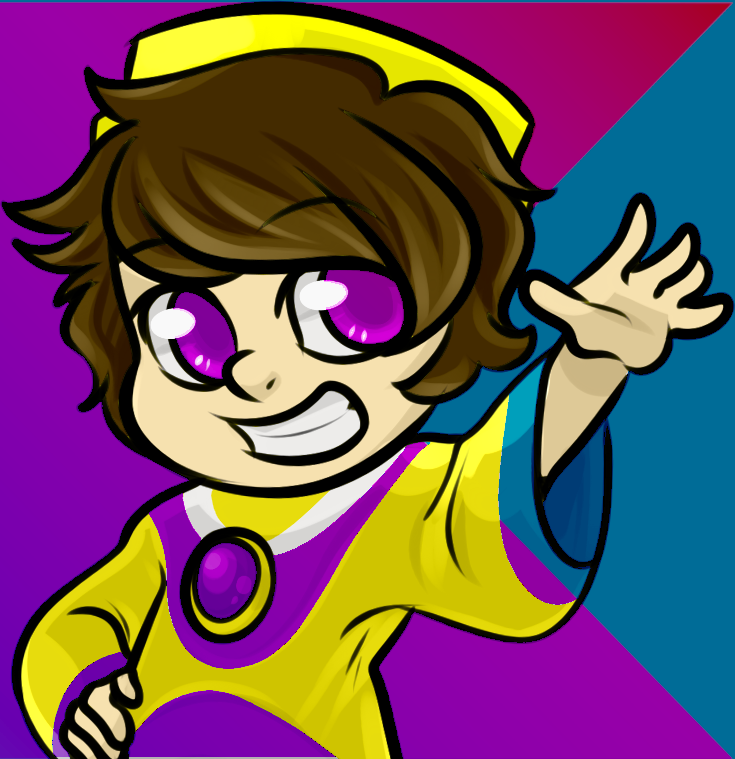

It has an integrated browser in Ultimate, not in Community.


It has an integrated browser in Ultimate, not in Community.


If they’re on android, try revanced. It’s a patched YouTube apk, so the interface is the same (unless you change stuff, like, for example, disabling shorts - but by default, it’s the same).


It’s C, NaN is never equal to itself in floating point, that’s not just a JS thing.


Or a wireless winch, if I were to hazard a guess.


“Creates a whole game in assembly” is probably referring to roller coaster tycoon, which was written by a man. (lots of other games were written in asm, like many NES games, but I’d wager RCT was what they were alluding to)
Oh, I know this one! Make sure you’re using pipewire and use HDAJackRetask. You can reassign the ports to whatever, you can even swap mic and headphone if you want.
This is literally on the road map for GIMP, right up top. (Status: no just means it hasn’t been started yet and isn’t planned for 3.2, not that it isn’t planned) https://developer.gimp.org/core/roadmap/


I was thinking not only about the finicky drivers, but also the different audio backends, like ALSA and OSS, Pulse would have just come out at the time, so it was definitely getting better, but it was fresh off the presses back then, so it wasn’t good enough yet either. Nowadays, Pulse works pretty well, pipewire works pretty well, things more or less just work, Bluetooth can be a little weird, but usually you just need to change the settings on pulse/pipewire to your preference.


Audio and networking were a shitshow back then, nowadays almost everything just works on those two fronts. Also, having to edit your Xorg.conf is not what I’d call user friendly…


Check rocm’s supported cards, oh and after you install rocm, restart your computer - made that mistake when I was doing it and couldn’t figure out why it wasn’t working.
The Firefox browser logo still has the red panda, you’re thinking of the Firefox family logo, for stuff like Firefox send and their VPN. The browser never got rid of the red panda since it was added.


Your M.2 port can probably fit an M.2 to PCIe adapter and you can use a GPU with that - ollama supports AMD GPUs just fine nowadays (well, as well as it can, rocm is still very hit or miss)
That is for a circle that’s not filled in, that’s what the outline operation does.
Yup, circle select, menu bar, select->outline, select your thickness, then use the paint bucket.
This is what people mean when they say GIMP can do the same stuff, the process is just totally different.


I’m quite skinny and I also think I should exercise more and eat less junk food. There isn’t any fat phobia there, it targeted me just as well.


That’s not too weird, until IntelliJ added its lite editor, it was the same way for many years.
Upgrades are easy, backups are really good, if upgrades mess up, you can restore from backup even if NC is hosed. As for local storage, I never did it, but here’s the docs for it! https://docs.nextcloud.com/server/latest/admin_manual/configuration_files/external_storage/local.html
Cargo is really simple, which is great, but also limiting. Maven is much more complex, but for good reason - there’s use cases, especially around multi-artifact projects and version sharing, where cargo would require either some glue or you run into some interesting edge cases. Usually, Rust isn’t used for the kinds of big, wacky projects with a million dependencies that companies write in Java/Kotlin, so those kinds of use cases are considered more unusual.
Gradle, in my opinion, makes itself complex because it’s all code, is very brittle, and several of its features just don’t work right and require workarounds. When it works, it builds fast and it works well, but getting it to work, and how often you have to get it to work again…not worth it.
https://kotlinlang.org/docs/maven.html That’s not true, you can use Maven if you want!
All of those languages will convert numbers into booleans, 0 is false, all other numbers are true.